I have to have a debate with myself as to which era is really “my” Legion. I’d probably lean towards the Five Years Later era because that’s really when I got sucked in, with Keith Giffen, Jason Pearson, and then Stuart Immonen’s epic visual storytelling each issue and a kind of darker tone. I had read some of the Levitz era before (I actually think what I’ve got is quite a few of the Volume 3 reprints that were released on newsstands as Tales of the Legion of Super-Heroes), and checked in with the “Magic Wars” storyline before the relaunch, but it was Volume 4 that really cemented me as a Legion fan.
Though I might argue with myself as to which points during that fourth volume are my favourite. The book started off strong and had many highlights even after Giffen’s run. This was during the Zero Hour reboot that saw Mark Waid, Tom McCraw, and Tom Peyer take over. And led into that sweet, lengthy run from Peyer, McCraw, and Lee Moder. There was even some Roger Stern action on the sister title. Or the tail end when Dan Abnett, Andy Lanning, and Olivier Coipel changed all the rules with “Legion of the Damned”.
But, it’s actually the sister title that I want to talk about right now, Legionnaires. It grew out of the SW6 Legion arc that started under Giffen’s run. Explaining them, probably would take more space than I’m usually allotted here. Suffice it to say, they got recognition and prominence as a new, young teenage faction of the Legion again during the period between the end of Giffen’s tenure and the beginning of Zero Hour, when Tom & Mary Bierbaum took over full writing duties.
“And once you’re in, they got ways of keepin’ you in.”
Though the spin-off really started in Legion of Super-Heroes #41, Legionnaires #1-6 kicked off the new book and new spirit from the Bierbaums, Chris Sprouse, Karl Story, Tom McCraw, and Pat Brosseau. It set up the teenage Legionnaires (glossing over the ideas of clones or time travelling doppelgangers or anything at this point) as the group overseeing the domes of the devastated New Earth.
In some ways, I’d consider it a “have your cake and eat it too” solution, because the darker, more mature tone that was set during the earlier run continued with the adult members in Legion of Super-Heroes and we got a kind of reversion back to the youthful high school like antics and banter of the Shooter and early Levitz eras with Legionnaires. Resumption of using a “Roll Call” array of names and faces on title pages. Even incorporating the “new” versions of the original three in Cosmic Boy, Live Wire (the only of the original three to get a new code name, though other SW6 Legionnaires were also rebranded), and Saturn Girl. The initial arc even had a try-out. And the return of classic villains the Fatal Five.
There’s also a bit of the Legionnaires creating their own problems. Live Wire and Inferno are rather horrible people at this stage. Generally showing chauvinistic and abusive behaviour, including picking on a less attractive (and, seriously, it’s a case of “Hollywood ugly”) superhero trying out for the Legion. Leading to it creating one of their villains.
“Hi, guys. Ready to get rowdy?”
Now, just imagine a time when you had two Legion books (technically three since Valor was around too. Not counting mini-series or the LEGION present day book) and your primary line artists were Stuart Immonen and Chris Sprouse. Heady times, right? That initial Legionnaires arc with pencils from Sprouse and inks from Karl Story helped cement what I thought the Legion should look like going further into the ’90s and beyond.
What I find interesting here is there’s a slightly greater exaggeration in eye size for Sprouse’s style, but there’s still that clean-lined, deceptive simplicity. It’s somewhat reminiscent of Story’s Gaijin Studios stablemates like Cully Hamner, Jason Pearson, and Adam Hughes, so it might be his inks that contribute some of the shape, but I’m also reminded a bit of Dave Cockrum. And, probably in light of Tom Strong, a bit of CC Beck. Sprouse and Story deliver beautiful work that I feel helps lay the groundwork for what the Legion looks like even post Zero Hour reboot.
Tom McCraw brings a nice primary colour palette to the Legionnaires book. This era of the Legion is still ostensibly a dark time, especially with the destruction of Earth, but there’s an influx of colour and energy here that starts to temper the more serious tone. And solid lettering from Pat Brosseau, although he’s not given many opportunities to show off outside of some jagged shouting word balloons.
“Yeah, but you know this isn’t the end of it.”
Although it was ultimately leading to the end of an era. The fun with the Bierbaums, Sprouse, and a number of luminary guest artists would only last a little more than a year before the turn in towards the reboot with Zero Hour. An end to a lengthy run of the Legion‘s history even before the Five Years Later. Those first six issues of Legionnaires from the Bierbaums, Sprouse, Story, McCraw, and Brosseau brought back some of the hallmarks of levity and drama from earlier incarnations to work within the new, darker world. It was a nice change of pace and hinted at some of the brighter days that were coming ahead.
Classic Comic Compendium: LEGIONNAIRES #1 – #6
Legionnaires #1-6
Writers: Tom & Mary Bierbaum
Penciller: Chris Sprouse
Inker: Karl Story
Colourist: Tom McCraw
Letterer: Pat Brosseau
Publisher: DC Comics
Release Date: February 11 – July 15 1993 (original issues)
Available collected in Legion of Super-Heroes: Five Years Later Omnibus – Volume 2
Read past entries in the Classic Comic Compendium!
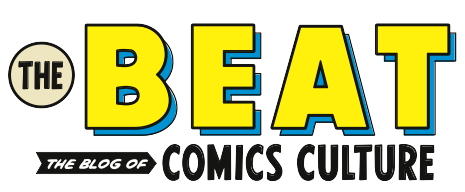
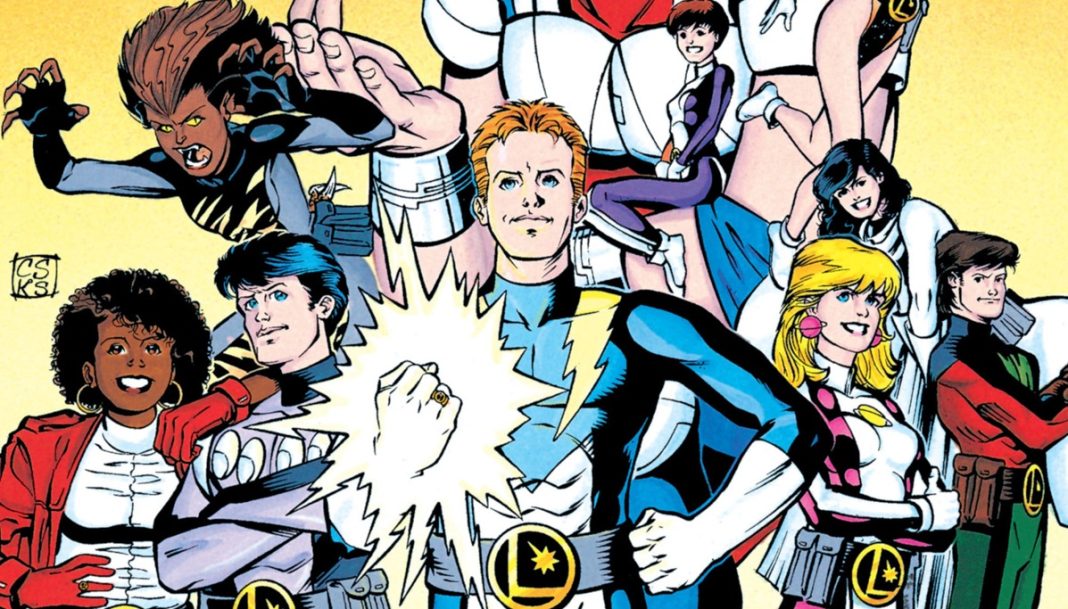
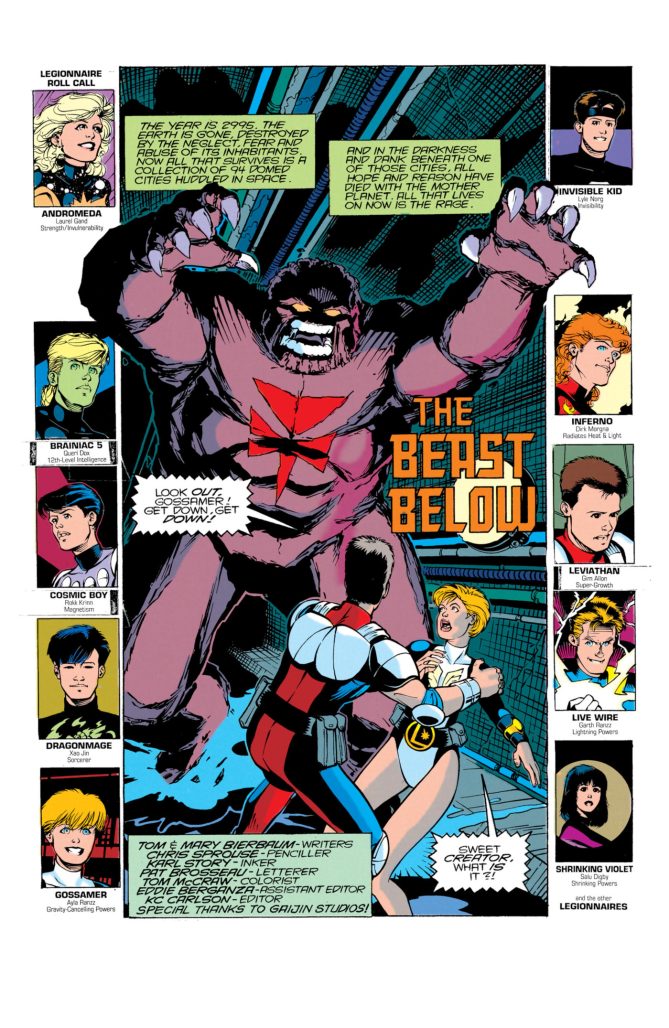
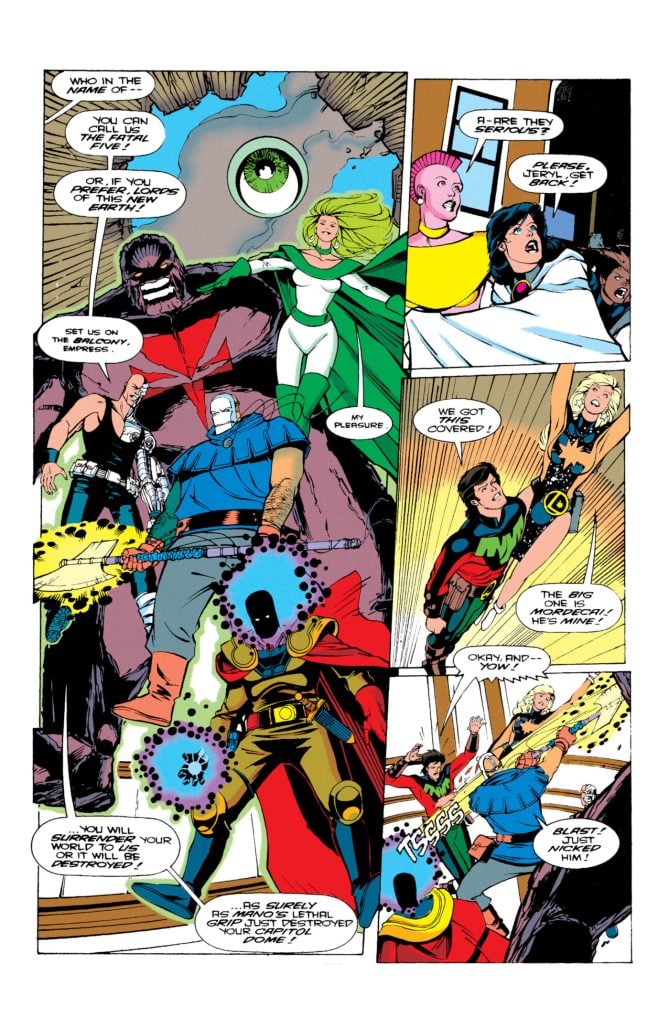

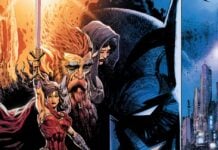

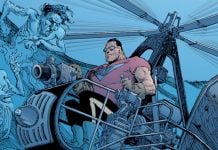
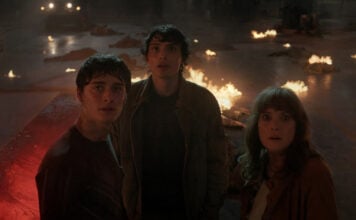



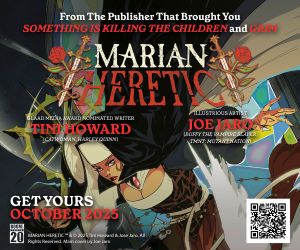
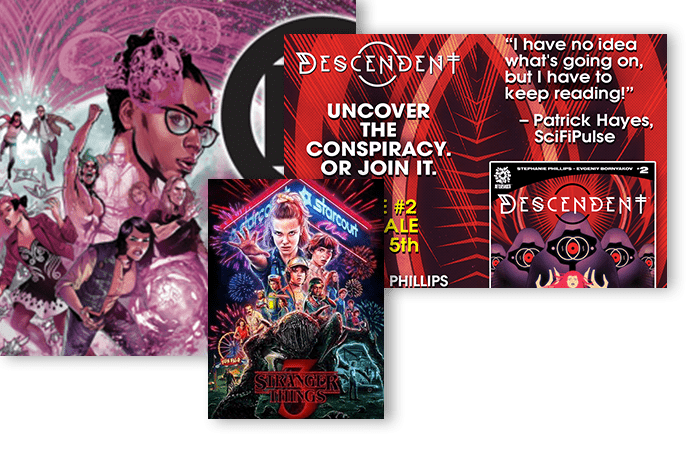
I recently reread the full legion chronology, from Adventure 247 up until the recent Bendis debacle, and this era you’re talking about here is when it started to lose me. I’d been a legion fan since the 70s and I caught up on the back issues during the 80s. The post 5-years later after Giffen left was not good, the art was very uneven, annoyingly cartoonish sometimes, way way below the Cockrum-Grell-Sherman days. As for the writing I don’t fault the Bierbaum’s fanboyish inexperience as much as DC’s editorial interference since Superboy’s erasure from contiunuity that made the Batch SW6 an era that I would prefer to ignore, or even forget as meandering and inconsequential on both Legion titles. Apart from Gates, nothing fun came out of that era of the LSH. As far as I’m concerned this is when Vril Dox took over and where my interests shifted to.
There are two eras essentially represented in my piece (three at a push when Zero Hour goes into Legion Lost). The tail end of the original continuity that culminated in SW6 and the Bierbaums run (which outside of working with Giffen during 5YL only lasted about a year and a half) and the Zero Hour reboot that stripped out Superboy fully (and was Waid, Peyer, McCraw, Moder, etc.). Since you mention Gates, that’s the latter.
I liked the attempt at bringing back some classic elements in the Legionnaires titles that the Bierbaums and Sprouse did. A bit lighter than the more serious tone maintained on LoSH. I’ve never seen someone refer to Immonen and Sprouse as uneven and annoyingly cartoonish, but, hey, we’ve all got our own tastes.
That’s fair. I guess that was indeed their objective to refresh the series, make it more appealing to new readers so it worked on you making you a Legion Fan. Great, we need more of those these days.
For me by that time the Legion had become quite adult (even more with 5YL, which was disconcerting at first). I really consider that “my” Legion ended with the Baxter series, the death of Silver Age Superboy and the Magic Wars.
So when Sprouse and Hughes et al started making everyone look twelve that did not sit well with me.
The “classic” elements that you mentioned felt like a retread, and an inferior one at that.
Different generations I guess.
Comments are closed.